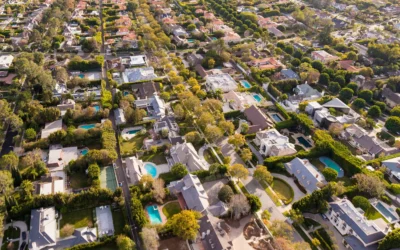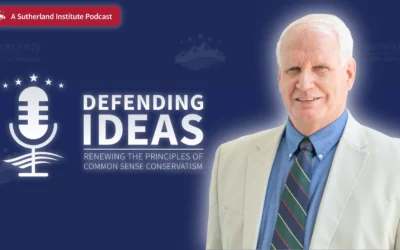
Written by William C. Duncan
March 10, 2022
Although it’s not getting much attention in the news, the Utah Supreme Court, like the U.S. Supreme Court, has a vacancy. Justice Constandinos Himonas, who has served since 2015, is retiring and will be replaced soon.
The Utah Supreme Court is similar to the U.S. Supreme Court in its function, though obviously limited to state law issues. It hears appeals from lower state court decisions. Some legal issues are almost exclusively matters of state law, like family disputes. Additionally, the court hears many criminal cases involving crimes under state law. The court also addresses disputes between private parties resulting from things like accidents.
The Utah Supreme Court also has some functions that are different from those of the U.S. Supreme Court. For instance, a federal court can formally ask the Utah Supreme Court to issue an opinion interpreting a state law when the meaning of that law is part of an ongoing federal case. It also regulates the practice of law by attorneys in the state.
Utah’s court has just five justices, and they do not have lifetime appointments, in contrast with U.S. Supreme Court justices. By statute, Utah justices serve 10-year terms but can be retained by voters for additional terms.
In the federal system, judges are appointed by the president and confirmed by the U.S. Senate. The process for Utah judges is significantly different. The state constitution provides: “Selection of judges shall be based solely upon consideration of fitness for office without regard to any partisan political consideration.”
Thus, the constitution creates a judicial nominating commission, which takes the “first cut” at identifying candidates when there is a vacancy on a state court. The commission has seven members, both lawyers and non-lawyers, who receive applications from individuals who would like to serve as justices. Each commission can have only four members of the same political party, and legislators are not eligible. When there is a vacancy, the commissioners review applications, conduct interviews, and then propose candidates to the governor.
From the seven names submitted, the governor selects one to be the nominee. The nominee must then be approved by a majority of the state senate.
For the current vacancy, the commission has submitted its list of potential nominees to Gov. Spencer Cox. Two of the candidates are current Utah trial court judges: Jennifer Brown and Derek Pullan. Three are Utah appeals court judges: Diana Hagen, Ryan Harris and Jill Pohlman. One of the candidates, Clemens Landau, is a justice court judge (who hears disputes involving local laws) and one is a law professor, Carolina Nunez.
Another significant difference between federal and Utah state court judges is that Utah judges, including members of the supreme court, are subject to retention elections. The Judicial Performance Evaluation Commission describes this requirement: “Each judicial appointee is subject to an unopposed retention election in the first general election held at least three years after the judge was appointed.” After this, “Supreme Court justices are voted on every 10 years.”
This process includes a recommendation by the Evaluation Commission on whether a justice should be retained, and members of the public can submit comments based on their experiences with justices.
The differences in Utah’s process from the federal process probably have the effect of downplaying the role of interest groups in the state judicial nomination process, while allowing a broader public role. It is rare for a judge not to be retained, and Utah’s supreme court justices have never been removed via a retention election. This may suggest that the process works well, though it is not clear how well it is understood by voters.
These differences also highlight a great value of the federal system. Different states can adopt different approaches, which then serve as examples for other jurisdictions.
More Insights
Read More
Protecting property rights against government overreach
While governments can continue to regulate land use, these regulations and fees must be justified by a government interest and proportional to the effect of the development’s impact on that interest.
Do we need to care about the Utah State Board of Education?
For any Utah voters who also feel like K-12 public education is headed in the wrong direction, learning about the candidates running for a seat on the Utah State Board of Education (USBE) is a wise choice this election season.
Defending education choice the right way
Education choice has exploded in popularity across the nation in recent years. So why does it remain a contentious point of debate in some parts of the country?


